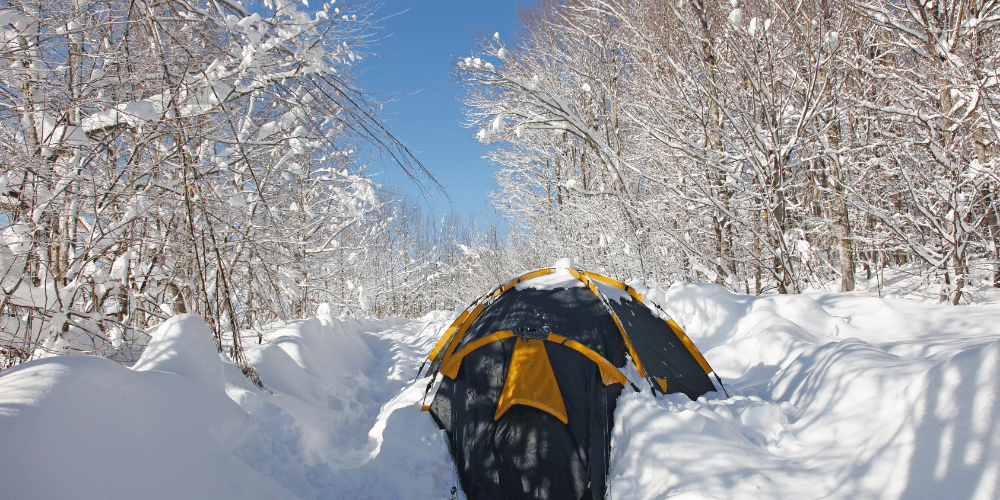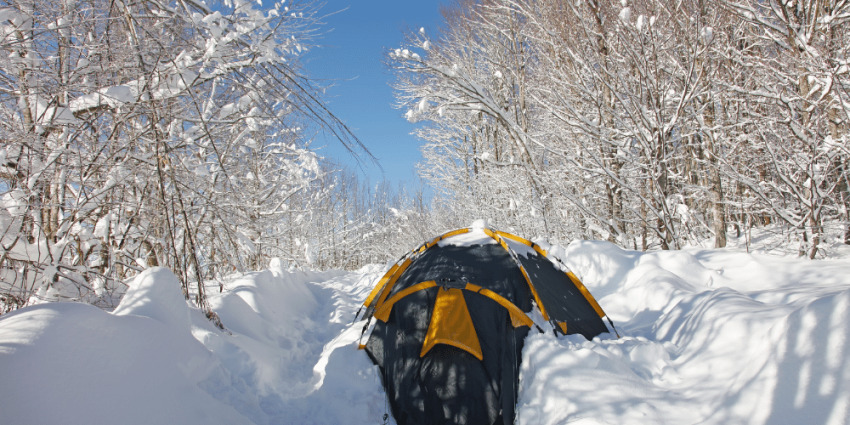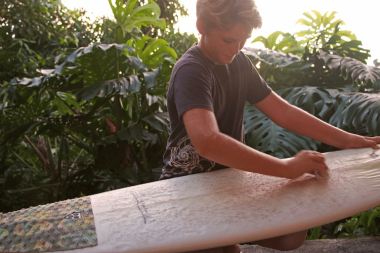How to winterize a camper?As the weather gets colder, many of us start to think about how to winterize our campers. After all, even if we don’t plan on using them during the winter months, we still want to make sure they’re in good condition for when the warmer weather rolls around again. Fortunately, winterizing a camper is relatively easy to do and only requires a few simple steps. In this blog post, we’ll walk you through everything you need to do to winterize your camper, from draining the water lines to protecting the exterior from the elements. By following these tips, you can rest assured that your camper will be ready for whatever Mother Nature throws its way.
Protect the plumbing
One of the most important aspects of winterizing a camper is protecting the plumbing. This can be done by draining the water system, blowing out the lines with compressed air, and adding antifreeze to all fixtures. Draining the water system is simple enough – just open all the faucets and flush the toilet until the tank is empty. To blow out the lines, you’ll need an air compressor with a blowing attachment. Simply connect it to an outlet and insert the attachment into each faucet, one at a time. Finally, add antifreeze to all fixtures – this can be done by pouring it directly into each sink, shower, and toilet bowl. Be sure to follow the manufacturer’s instructions for how much antifreeze to use. By taking these steps, you’ll ensure that your camper’s plumbing is protected from freezing temperatures.

Insulate the windows
There are a few ways to insulate the windows of your camper to help keep the heat in and the cold out. One way is to use bubble wrap. Cut pieces of bubble wrap to fit each window, then use clear packing tape to secure it in place. Another way is to use foam core board. Cut the foam core board to fit each window, then use clear packing tape or spray adhesive to secure it in place. You can also use quilt batting or blankets. Cut the quilt batting or blankets to fit each window, then use clear packing tape or pins to secure it in place.
Store your camper properly
Assuming you will be storing your camper in a cool, dry place for the winter:
1. Clean and dry all surfaces of your camper, inside and out. This will help prevent mold and mildew from forming.
2. If possible, raise your camper up off the ground on blocks to allow air to circulate underneath.
3. Cover your camper with a tarp or other waterproof material to protect it from the elements.
4. Disconnect the battery and any propane tanks to avoid any potential hazards.
Draining the water system
If you’re like most people, you probably don’t give much thought to your RV’s water system until you turn on the faucet and nothing comes out. Then it’s a mad scramble to find a freshwater source before everything dries up. To avoid this stressful situation, it’s important to winterize your RV’s water system before the cold weather sets in.
Draining the water system is the first step in winterizing your RV. You’ll need to do this if the temperature is going to drop below freezing for an extended period of time. If you don’t drain the water system, the pipes could freeze and burst, causing serious damage to your RV.
To drain the water system, start by turning off the main water supply valve. Then, open all of the faucets in your RV and flush the toilets until they are empty. Once all of the water is out of the system, close all of the faucets and open the low point drains. These drains are located at the lowest point in each plumbing line and allow any remaining water to drain out.
Once all of the water is out of the system, it’s time to add antifreeze. This will help protect your pipes from freezing and bursting if they are exposed to freezing temperatures. To add antifreeze, simply pour it into each toilet bowl until it reaches halfway up the bowl. Then flush each toilet several times to distribute the antifreeze throughout the entire system.
Finally, open all of the faucets in your RV and turn on the water pump. This will help circulate the antifreeze throughout the entire system. Once the antifreeze starts coming out of all of the faucets, turn off the water pump and close all of the faucets.
Now your RV’s water system is winterized and ready for cold weather.
Disconnecting and storing the batteries
If you plan to store your camper for the winter, it’s important to disconnect and remove the batteries. This will help prolong their life and prevent them from freezing and cracking.
To disconnect the batteries, first turn off all lights and appliances in the camper. Then, unplug the shore power cord from the outlet. Next, locate the main battery switch and flip it to the “off” position.
Once the batteries are disconnected, you’ll need to store them in a cool, dry place. Avoid storing them in direct sunlight or near any heat source. If possible, place them on a wooden board or shelf to keep them elevated off of concrete floors (which can conduct cold temperatures).
With proper care, your camper batteries should last for several years. By following these simple steps, you can help ensure that they’ll be ready to go when you are next season!
Adding antifreeze to the plumbing
If you’re traveling in an RV during the winter, you’ll need to take some extra steps to make sure your plumbing doesn’t freeze. One of the most important things you can do is add antifreeze to the plumbing. This will help ensure that water can still flow even if the temperatures outside start to dip.
Adding antifreeze is a pretty simple process, but there are a few things you need to keep in mind. First, make sure you’re using a nontoxic antifreeze solution specifically designed for RVs. This is important because you don’t want any chemicals leaching into your drinking water. Second, be sure to flush out your plumbing system thoroughly before adding the antifreeze. This will help get rid of any residual water that could potentially freeze and cause damage.
Once you’ve added the antifreeze, run all your faucets and drains for a few minutes to make sure the solution has circulated throughout the system. And that’s it! By taking these simple steps, you can help prevent costly repairs down the road and enjoy a stress-free winter camping season.

Heating the camper before winter
If you live in an area where the winters are harsh, you may want to consider winterizing your camper. This will help to keep your camper warm and dry during the cold months.
One way to winterize your camper is to heat it before winter. This can be done by using a space heater or by turning on the furnace. If you use a space heater, be sure to keep it away from any flammable materials. It is also important to monitor the temperature inside the camper so that it does not get too hot.
Another way to winterize your camper is to insulate it. This can be done by adding weatherstripping around the doors and windows. You can also add insulation to the walls and ceiling of the camper. This will help to keep the heat inside the camper and prevent drafts from coming in.
By following these tips, you can help to make sure that your camper is ready for winter.
Winterizing the RV refrigerator
The first step to winterizing the RV refrigerator is to clean it out. Remove all food items, and give the inside a good scrub. Then, turn off the power to the fridge and prop the door open.
Next, you’ll need to prepare a solution of RV antifreeze and water. The ratio should be 1 part antifreeze to 4 parts water. Pour this mixture into a clean spray bottle.
liberally spray the solution inside the fridge, being sure to hit all surfaces. Close the door and let it sit for 24 hours. After that time has passed, wipe out any remaining solution and turn the power back on. Your RV refrigerator is now winterized!
Conclusion
By following these simple steps, you can winterize your camper and be sure that it will withstand the cold winter months. By taking the time to do this now, you’ll be able to enjoy your camper all year round without having to worry about any damage that might occur during the winter.










Leave a Reply